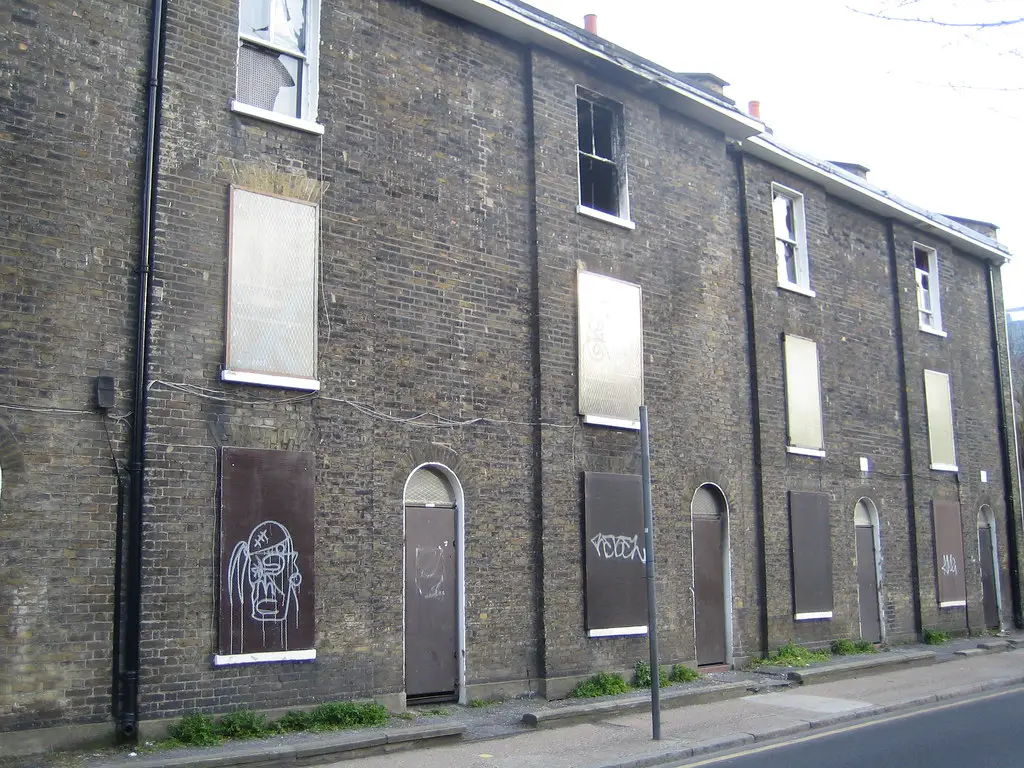While urban highways are being destroyed around the world, Mexico City is preparing to build another one, the Supervía. This actually marks a backwards step in the city’s mobility policy that had been geared toward the creation of more public transport and public spaces. So, what happened? Mayor Marcelo Ebrard, from the left leaning party, has his eyes on the presidential election of 2012. This is not the first time urban highways are built with electoral motives in Mexico City: the former mayor also constructed one before the 2006 presidential election, and another one is being built in the city’s suburban area right now by a governor who also wants to be president. These highways are being built by politicians towards the end of their mandate because they want to be remembered as doing something for the city during the impending election.
The building of the Supervía is being justified in terms of reduced travelling times for the people that drive on them. What politicians are not noticing, though, is that these urban highways are disastrous for the cities and the benefits they talk about are short-timed. First of all, the building of highways produces induced traffic. People that otherwise may not use their cars (or even own cars) are persuaded to drive because the new road makes it more convenient, and that attracts more cars onto the highway, thereby saturating the once empty road. Reduced travelling times are just temporary until the highway gets saturated. Politicians, of course, don’t worry about the long term consequences of the highways: they might already be elected to a better job when it becomes obvious that their mobility strategy didn’t work.
Other downside of projects like the Supervía is that they hinder public transportation. Although the city has promised to include buses in the highway, the 30 billion pesos being invested by the government in urban freeways might be better spent on building underground and BRT lines, which are cheaper and serve more people in more places around the city. The highways also hinder public transportation by “stealing” its riders. For example, the urban highway being built in Mexico City’s suburban area runs parallel to a railway line that connects the suburbs to the city.
However, the project might not help the mayor in the election as he has expected because the Supervía is facing a lot of controversy. The environmental impact report has been criticized for being partial and opposers of the project have been intimidated. Even the city’s human rights commissioner is asking the mayor to stop the Supervía because the policy process has not been open enough. Instead of helping him get elected, the highway might hurt the mayor in the election.
It’s no surprise that politicians have electoral motives in mind, but that doesn’t need to be disastrous for cities. Mobility strategies that are durable, not short-timed like highways, might be both good for the city and for politicians if citizens recognize that problems are being solved and vote to reward sustainable projects.
Photo: 350.org


